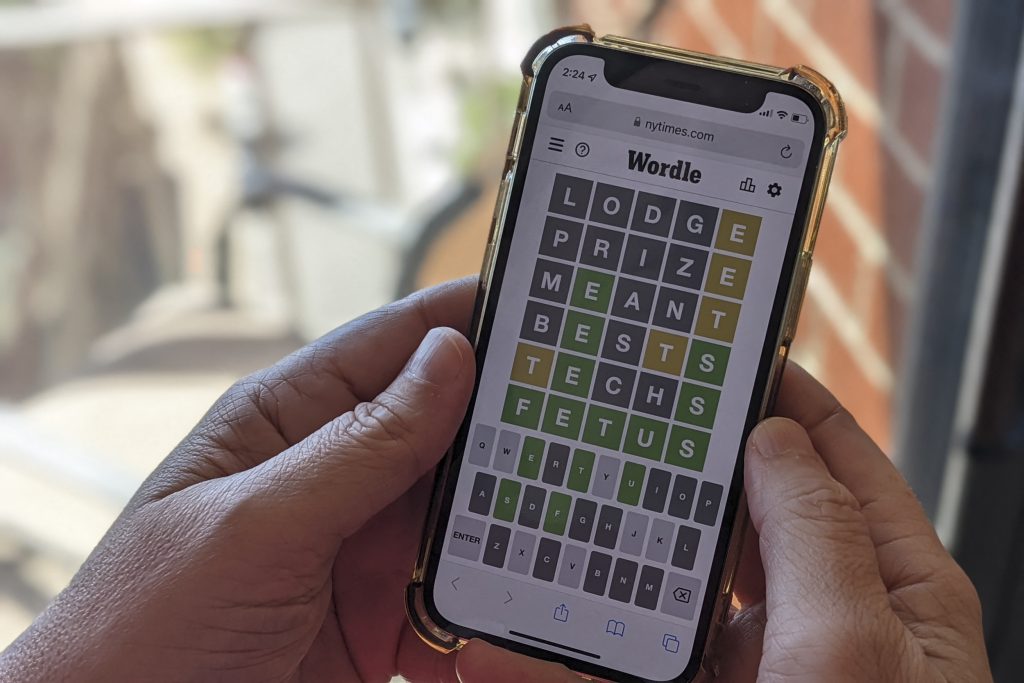Wordle, the immensely popular word puzzle game, has captivated millions worldwide with its simple yet engaging gameplay. Developed by Josh Wardle as a gift for his partner during the COVID-19 lockdowns, Wordle’s journey from a personal project to a global phenomenon is a testament to its ingenious design and the power of social connection. Wardle, a Welsh-born engineer based in New York City, perfected the game over time, eventually releasing it to the public in October 2021. Its user base exploded within just a few months, leading to its acquisition by The New York Times for a seven-figure sum. Wordle’s success lies in its accessibility and the sense of community it fosters, allowing players across cultures and geographical boundaries to connect through a shared daily challenge.
The game’s mechanics are straightforward: players have six attempts to guess a five-letter word. Color-coded tiles provide feedback after each guess: gray indicates a letter not present in the target word, yellow signifies a correct letter in the wrong position, and green confirms a correct letter in the correct position. This simple feedback system allows players to strategically refine their guesses, employing logic and deduction to arrive at the solution. The limited number of attempts adds an element of pressure, enhancing the sense of accomplishment upon successfully deciphering the word.
Wordle’s virality can be attributed to its shareability on social media platforms. Players readily share their results, often using colored tile grids to represent their progress without revealing the word itself. This creates a sense of camaraderie and friendly competition, as players compare their strategies and celebrate their victories. Linguistics expert Noël Wolf emphasizes the unifying aspect of Wordle, stating that it provides “a sense of belonging and common ground that can transcend cultures and borders.” The game enables friends and family, regardless of their location, to connect and engage in a shared activity.
To maximize one’s chances of success in Wordle, a strategic approach is essential. Wolf advises players to be mindful of their second guess, recommending the use of a completely different set of letters from the first attempt, even if the initial guess yielded some correct letters. This strategy helps to eliminate more possibilities quickly, narrowing down the potential solutions. Analyzing the frequency of letters in the English language and considering common word patterns can also be beneficial.
This article provided guidance for Wordle #1287, published on Friday, December 27th. The clues offered were designed to progressively nudge players towards the correct answer without revealing it outright. The first clue hinted at the presence of two vowels within the five-letter word. The second clue revealed the word’s dual nature as both a noun and a verb, adding a layer of complexity. The third clue confirmed the absence of repeated letters, simplifying the deduction process. The fourth clue provided the first letter, “G,” significantly narrowing down the possibilities. Finally, the fifth clue hinted at the word’s association with something consumable. These clues, when considered collectively, pointed towards the solution: “Grain.”
“Grain” satisfies all the provided clues. It contains two vowels (“a” and “i”), functions as both a noun (referring to a small hard seed) and a verb (meaning to ingrain or form into grains), has no repeated letters, begins with the letter “G,” and refers to something consumable. The article concludes by reminding readers of Wordle’s daily reset at midnight, prompting anticipation for the next puzzle. It also suggests alternative word-based puzzles like Typochondria and Spellspire for those seeking further mental stimulation. The consistent provision of hints and tips for each new Wordle puzzle underscores the publication’s commitment to engaging its audience and fostering a community around this captivating word game.










